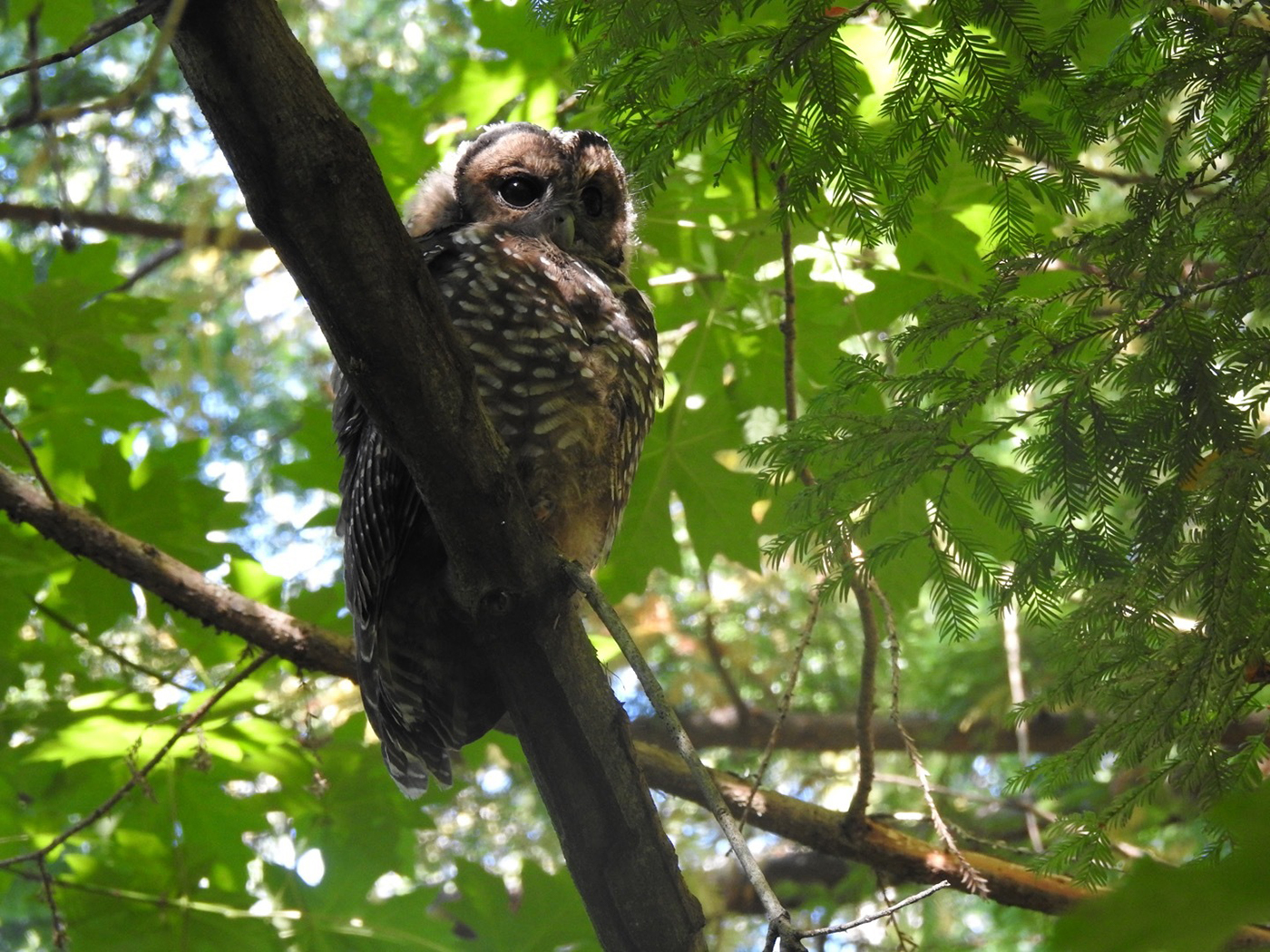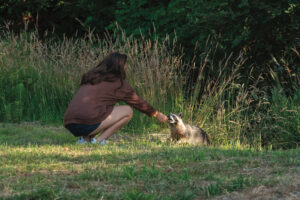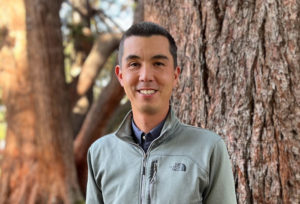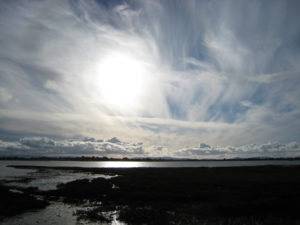
When I joined Point Blue Conservation Science as its new CEO earlier this year, I did so with equal parts excitement and humility. Excitement because after many years working on conservation and climate change issues from Washington, DC to sub-Saharan Africa I had found my new home in the Bay Area. And with humility because I was taking on the leadership role for an organization with such a long, rich history at a critical time for our environment. Six months into my new role here, I couldn’t be more certain that this is exactly the right place for me, though the challenges ahead for our conservation community are immense.
As I began to visit the many field research sites where Point Blue works I was struck by all of the beauty and splendor that Northern California–and the Bay Area in particular–has to offer. My very first field visit was a trip to Mill Valley in the Mt. Tamalpais watershed on a monitoring visit to a spotted owl nest. Spotted owls are on the federal and state Endangered Species lists and we work with our partners from the Marin Municipal Water District, Marin County Parks, the National Park Service, and other local agencies and landowners to make sure local populations are thriving.
In short order, I soon visited two of Point Blue’s longest running field stations, at which scientists have been collecting data for over fifty years. First, I went to our Palomarin Field Station in Bolinas, where we safely capture, band, and release birds to monitor population health, seasonal arrival times, and much more. Next, I went to the Farallon Islands National Wildlife Refuge where, in partnership with the U.S. Fish and Wildlife Service, we’ve been monitoring the sensitive ecosystem there, day in, day out, since 1968. Then, I joined our Students and Teachers Restoring a Watershed team (STRAW) for a day of touring STRAW restoration sites in agricultural communities. During the day I met the very first rancher who welcomed students onto his property to restore habitat for the California Freshwater Shrimp and witnessed the ribbons of green restored creeks traversing many miles of habitat in Marin and Sonoma counties. Finally, I visited a few of the beautiful farms and ranches where we help hardworking landowners implement conservation solutions on their properties.
In each of these cases, I couldn’t help but notice that our ability to achieve real, on-the-ground, conservation impact was largely due to the support of the communities we work with and the partnerships we’ve built over years and decades. From local elementary schools to international NGOs, from state and federal agencies to universities, from rice farmers to cattle ranchers, we’re lucky to work with some of the most dedicated conservationists I’ve ever met.
But as we see more and more evidence of the looming climate, water, and biodiversity crises we face, not just here in the Bay Area but on a global level, I know our efforts to avert ecological disaster are not enough on their own. Climate change affects all of us, and we need all of us working together to survive and thrive. As I look to the future for Point Blue and the conservation community, I know that our future must look more diverse, equitable, and inclusive than it has looked in the past.
To truly achieve the impact and progress that this moment demands, we need to expand our collaborative efforts to include partners that more accurately reflect the diverse communities of San Francisco’s Bay Area and beyond. We need to create a space where organizations such as social justice groups, community empowerment organizations, public health advocates, labor organizers, community colleges, and the many others who are actively working to build a more just and sustainable world can help inform and strengthen our conservation efforts to benefit wildlife, nature, and all people.
Point Blue started as a bird observatory in West Marin County over 50 years ago and these roots trained us as an organization to truly observe the land and wildlife. Now, through our ability to apply science in new and innovative ways, we are discovering powerful new ways to unlock the vast potential of nature-based solutions and our work has expanded to 13 countries, from Alaska to Antarctica. These solutions will not only help address the climate crisis but also help protect the critical ecosystems and biodiversity that we need to thrive as people.
Our belief in diversity of wildlife and ecosystems also translates into a belief in diversity within our organization and the communities we work alongside, so that we can be a part of enabling all communities to work collectively to address the vast challenge of climate change. This challenge includes the associated inequity issues across different communities: The effects of climate change, and the solutions we propose to address it, will affect communities differently based on race and socio-economic status and their ability to participate.
It is amazing to be able to do the work we do in the Bay Area, an area rich in both biodiversity and the diversity of people living and working here. When I travel to Madrid, Spain this December to represent Point Blue at the United Nations climate change conference, I’ll be proud to tell people where I live. A place that is at the forefront of sustainability and climate solutions. A place where we’re working hard to address future climate impacts through policy and restoration (hooray for Measure AA!). A place where we’re growing partnerships with diverse communities to meet the great conservation challenges of our time.
I have been working in the climate change space for over 25 years across the globe. What I have consistently seen throughout my career is that strong and adaptive science paired with collaborations and partnerships with impacted communities create the space for impactful and long-lasting solutions. We’re proud of our long history of science and partnerships and are ready for the next chapter in our history, in which we broaden our community to achieve deeper, more equitable, and longer-lasting impact. We hope you’ll join us.




